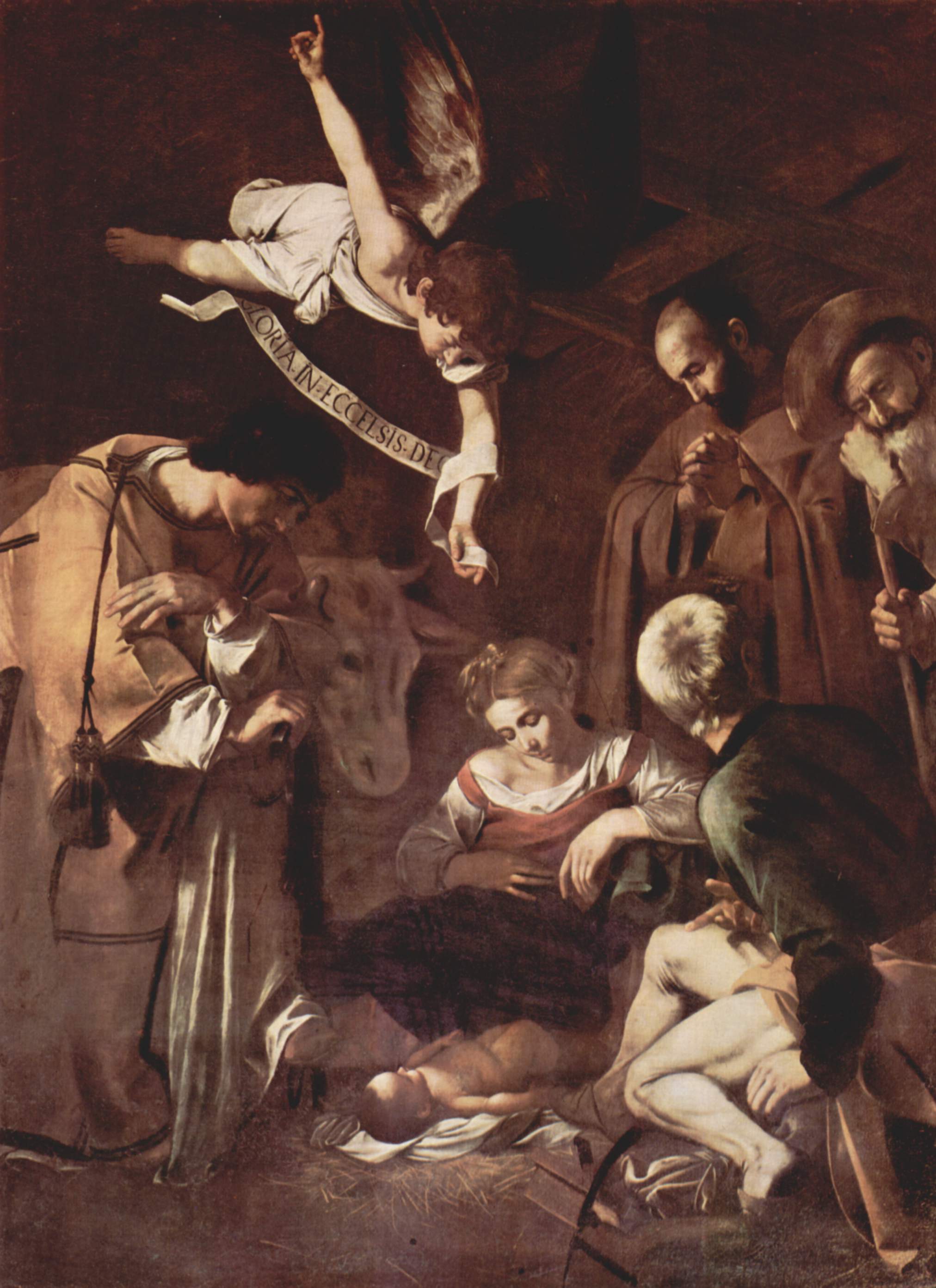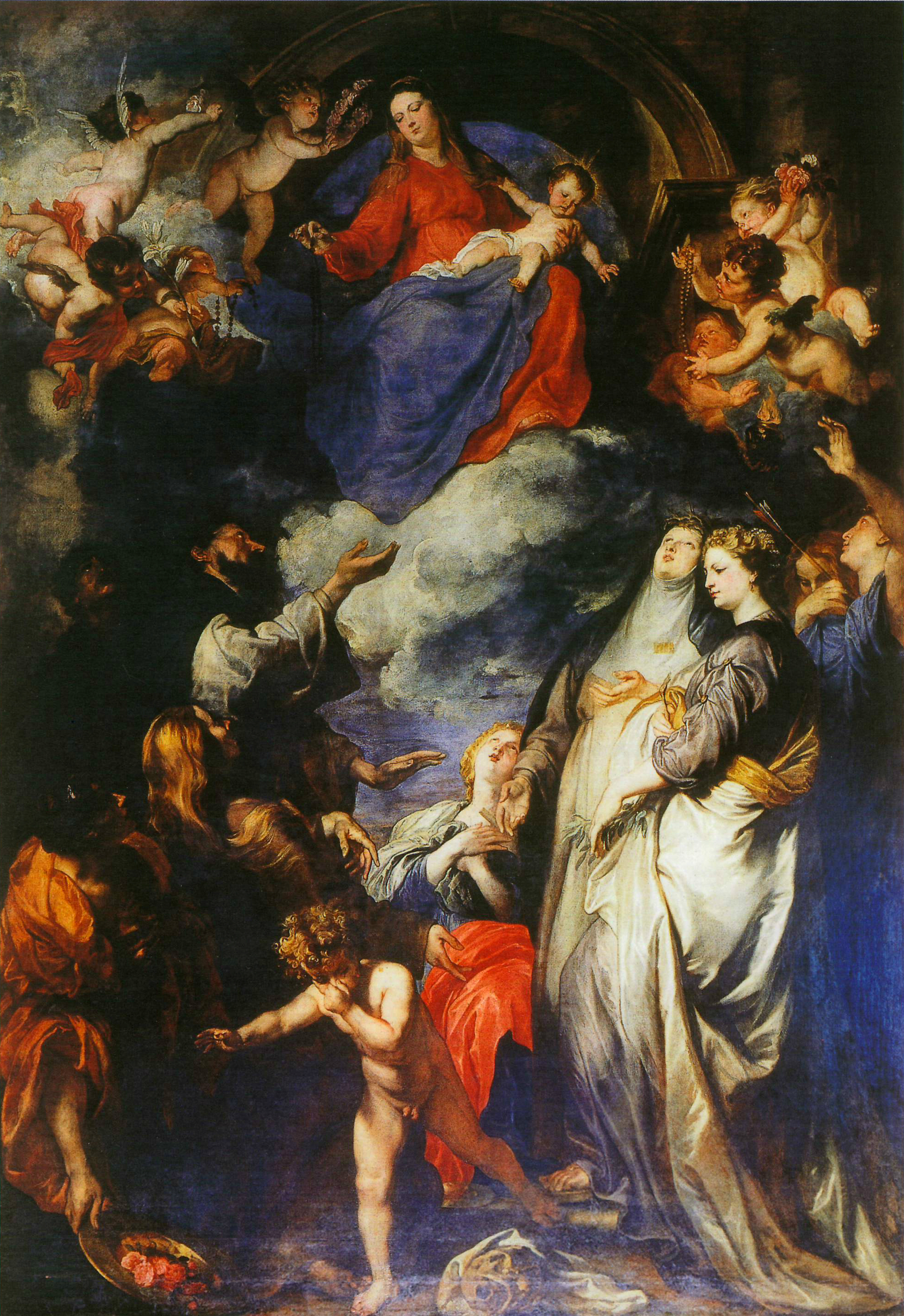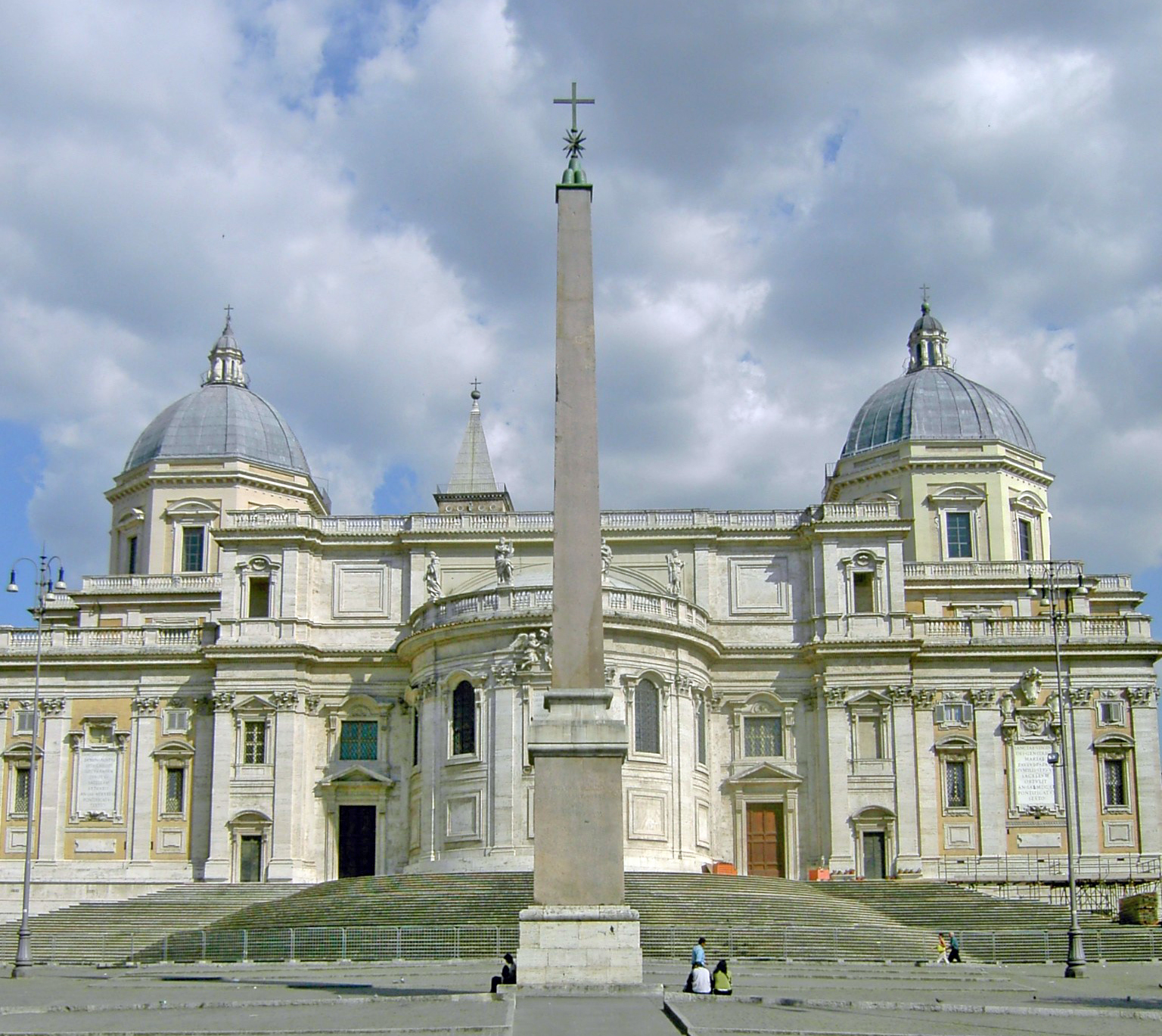|
Giacomo Amato
Giacomo Amato (Palermo, 14 May 1643 – Palermo, 26 December 1732) was a Sicilian architect. Member of the religious order of the Camillians and pupil of Paolo Amato and Carlo Rainaldi, he designed several scenographic Baroque churches in Palermo, like Santa Teresa alla Kalsa, Santa Maria della Pietà and San Mattia ai Crociferi. He also collaborated with Giacomo Serpotta in the designs of the Palermitan oratories of San Domenico and San Lorenzo San Lorenzo is the Italian and Spanish name for Lawrence of Rome, Saint Lawrence, the 3rd-century Christian martyr, and may refer to: Places Argentina * San Lorenzo, Santa Fe * San Lorenzo Department, Chaco * Monte San Lorenzo, a mountain on t .... External links AMATO, Giacomo Dizionario Biografico degli Italiani {{DEFAULTSORT:Amato, Giacomo Camillians Architects of the Sicilian Baroque Architects from Palermo 1643 births 1732 deaths ... [...More Info...] [...Related Items...] OR: [Wikipedia] [Google] [Baidu] |
Palermo
Palermo ( , ; scn, Palermu , locally also or ) is a city in southern Italy, the capital (political), capital of both the autonomous area, autonomous region of Sicily and the Metropolitan City of Palermo, the city's surrounding metropolitan province. The city is noted for its history, culture, architecture and gastronomy, playing an important role throughout much of its existence; it is over 2,700 years old. Palermo is in the northwest of the island of Sicily, by the Gulf of Palermo in the Tyrrhenian Sea. The city was founded in 734 BC by the Phoenicians as ("flower"). Palermo then became a possession of Carthage. Two ancient Greeks, Greek ancient Greek colonization, colonies were established, known collectively as ; the Carthaginians used this name on their coins after the 5th centuryBC. As , the town became part of the Roman Republic and Roman Empire, Empire for over a thousand years. From 831 to 1072 the city was under History of Islam in southern Italy, Arab ru ... [...More Info...] [...Related Items...] OR: [Wikipedia] [Google] [Baidu] |
San Mattia Ai Crociferi
San Mattia ai Crociferi is a Baroque-style, deconsecrated church, located on Via Torremuza #18 in the Kalsa quarter of central of Palermo, region of Sicily, Italy. Just diagonal, and to the north is the church of Santa Maria della Pietà. The church and adjacent seminary was designed by Giacomo Amato and completed in 1686 for the Camillians, known locally as the Crociferi due to their habit of a black cassock with a large red cross. In 1866, the order was suppressed and the building is now used by the municipality for cultural exhibits and concerts. The interior of the church has an octagonal room under a dome. References |
Architects From Palermo
An architect is a person who plans, designs and oversees the construction of buildings. To practice architecture means to provide services in connection with the design of buildings and the space within the site surrounding the buildings that have human occupancy or use as their principal purpose. Etymologically, the term architect derives from the Latin ''architectus'', which derives from the Greek (''arkhi-'', chief + ''tekton'', builder), i.e., chief builder. The professional requirements for architects vary from place to place. An architect's decisions affect public safety, and thus the architect must undergo specialized training consisting of advanced education and a ''practicum'' (or internship) for practical experience to earn a license to practice architecture. Practical, technical, and academic requirements for becoming an architect vary by jurisdiction, though the formal study of architecture in academic institutions has played a pivotal role in the development of the ... [...More Info...] [...Related Items...] OR: [Wikipedia] [Google] [Baidu] |
Architects Of The Sicilian Baroque
An architect is a person who plans, designs and oversees the construction of buildings. To practice architecture means to provide services in connection with the design of buildings and the space within the site surrounding the buildings that have human occupancy or use as their principal purpose. Etymologically, the term architect derives from the Latin ''architectus'', which derives from the Greek (''arkhi-'', chief + ''tekton'', builder), i.e., chief builder. The professional requirements for architects vary from place to place. An architect's decisions affect public safety, and thus the architect must undergo specialized training consisting of advanced education and a ''practicum'' (or internship) for practical experience to earn a license to practice architecture. Practical, technical, and academic requirements for becoming an architect vary by jurisdiction, though the formal study of architecture in academic institutions has played a pivotal role in the development of the ... [...More Info...] [...Related Items...] OR: [Wikipedia] [Google] [Baidu] |
Dizionario Biografico Degli Italiani
The ''Dizionario Biografico degli Italiani'' ( en, Biographical Dictionary of the Italians) is a biographical dictionary published by the Istituto dell'Enciclopedia Italiana, started in 1925 and completed in 2020. It includes about 40,000 biographies of distinguished Italians. The entries are signed by their authors and provide a rich bibliography. History The work was conceived in 1925, to follow the model of similar works such as the German ''Allgemeine Deutsche Biographie'' (1912, 56 volumes) or the British '' Dictionary of National Biography'' (from 2004 the ''Oxford Dictionary of National Biography''; 60 volumes). It is planned to include biographical entries on Italians who deserve to be preserved in history and who lived at any time during the long period from the fall of the Western Roman Empire to the present. As director of the Treccani, Giovanni Gentile entrusted the task of coordinating the work of drafting to Fortunato Pintor, who was soon joined by Arsenio Frugoni ... [...More Info...] [...Related Items...] OR: [Wikipedia] [Google] [Baidu] |
Oratory Of Saint Lawrence
The Oratory of Saint Lawrence ( it, Oratorio di San Lorenzo) is a Baroque oratory of Palermo. It is located near the Basilica of Saint Francis of Assisi, in the quarter of the Kalsa, within the historic centre of Palermo. The oratory was built in 1569 to replace a former smaller church dedicated to St Lawrence. Construction was funded by a confraternity of mainly Genovese merchants, and linked to Conventual Franciscans. In 1699-1706, Giacomo Serpotta realized a sumptuous stucco decoration, depicting the life of St Francis. The oratory is particularly famous because of the masterpiece altarpiece ''Nativity with St. Francis and St. Lawrence'' (1600 or 1609) by Caravaggio. This important painting was stolen, probably by ''Cosa Nostra The Sicilian Mafia, also simply known as the Mafia and frequently referred to as Cosa nostra (, ; "our thing") by its members, is an Italian Mafia-terrorist-type organized crime syndicate and criminal society originating in the region of Sicily a . ... [...More Info...] [...Related Items...] OR: [Wikipedia] [Google] [Baidu] |
Oratorio Del Rosario Di San Domenico
The Oratory of the Rosary of Saint Dominic ( Italian: Oratorio del Rosario di San Domenico) is a Baroque oratory of Palermo. It is located near the Church of Saint Dominic, in the quarter of the Loggia, within the historic centre of Palermo. The oratory was founded in 1574. In the early 18th century Giacomo Serpotta realized a sumptuous stucco decoration. Moreover, the oratory is decorated with several paintings of important artists like Matthias Stom; Guglielmo Borremans; Geronimo Gerardi (a ''Nativity''); Pietro Novelli; Valerio Castello; and Luca Giordano. The most prominent painting is the main altarpiece by Anthony van Dyck, depicting the ''Madonna of the Rosary with the saints Dominic, Catherine of Siena, Vincent Ferrer, Olivia, Nympha, Agatha, Christina and Rosalia''. The painting was commissioned to Van Dyck during the period of the 1624 plague Plague or The Plague may refer to: Agriculture, fauna, and medicine *Plague (disease), a disease caused by ''Y ... [...More Info...] [...Related Items...] OR: [Wikipedia] [Google] [Baidu] |
Giacomo Serpotta
Giacomo Serpotta (10 March 1656 – 27 February 1732) was an Italian sculptor, active in a Rococo style and mainly working in stucco. Biography Serpotta was born and died in Palermo; and may have never left Sicily. His skill and facility with stucco sculpture appears to have arisen without mentorship or direct exposures to the mainstream of Italian Baroque. Rudolf Wittkower describes him as an aberrancy in an otherwise provincial scene, a "meteor in the Sicilian sky". In 1677, along with Procopio de Ferrari, he decorated the small church of the Madonna dell’Itria in Monreale. His first independent work appears to be in 1682 in connection with an equestrian statue cast of Charles II of Spain and Sicily, which was cast in bronze by Gaspare Romano. The Serpotta family, including his brother Giuseppe (1653–1719) and his son Procopio (1679–1755), was immensely prolific in Palermo, decorating churches and oratories. In style, he has a florid elegance that often recalls Antonio ... [...More Info...] [...Related Items...] OR: [Wikipedia] [Google] [Baidu] |
Churches In Palermo
Palermo, main city of Sicily, has a big heritage of churches which ranges from the Norman architecture, Arab-Norman-Byzantine style to the Gothic architecture, Gothic and the Baroque architecture, Baroque styles. In particular, the list includes the most important churches of the historic centre divided by the four areas of Kalsa, Albergaria (or Palazzo Reale), Albergaria, Seralcadi (or Monte di Pietà), Seralcadi and Loggia (or Castellammare), Loggia. Historic centre Kalsa (or Tribunali) Churches: * Sant'Anna la Misericordia * Chiesa dell'Assunta, Palermo, Chiesa dell'Assunta * San Carlo dei Milanesi * Chiesa di San Cataldo, San Cataldo * Santa Caterina, Palermo, Santa Caterina * San Francesco d'Assisi, Palermo, San Francesco d'Assisi * San Giovanni dei Napoletani, Palermo, San Giovanni dei Napoletani * La Magione, Palermo, La Magione * Martorana, La Martorana * Santa Maria degli Agonizzanti, Palermo, Santa Maria degli Agonizzanti * Santa Maria della Gancia, Palerm ... [...More Info...] [...Related Items...] OR: [Wikipedia] [Google] [Baidu] |
Kingdom Of Sicily
The Kingdom of Sicily ( la, Regnum Siciliae; it, Regno di Sicilia; scn, Regnu di Sicilia) was a state that existed in the south of the Italian Peninsula and for a time the region of Ifriqiya from its founding by Roger II of Sicily in 1130 until 1816. It was a successor state of the County of Sicily, which had been founded in 1071 during the Norman conquest of the southern peninsula. The island was divided into three regions: Val di Mazara, Val Demone and Val di Noto. In 1282, a revolt against Angevin rule, known as the Sicilian Vespers, threw off Charles of Anjou's rule of the island of Sicily. The Angevins managed to maintain control in the mainland part of the kingdom, which became a separate entity also styled ''Kingdom of Sicily'', although it is commonly referred to as the Kingdom of Naples, after its capital. From 1282 to 1409 the island was ruled by the Spanish Crown of Aragon as an independent kingdom, then it was added permanently to the Crown. After 1302, the isl ... [...More Info...] [...Related Items...] OR: [Wikipedia] [Google] [Baidu] |
Sicilian Baroque
Sicilian Baroque is the distinctive form of Baroque architecture which evolved on the island of Sicily, off the southern coast of Italy, in the , when it was part of the Spanish Empire. The style is recognisable not only by its typical Baroque curves and flourishes, but also by distinctive grinning masks and putti and a particular flamboyance that has given Sicily a unique architectural identity. The Sicilian Baroque style came to fruition during a major surge of rebuilding following the massive earthquake in 1693. Previously, the Baroque style had been used on the island in a naïve and parochial manner, having evolved from hybrid native architecture rather than being derived from the great Baroque architects of Rome. After the earthquake, local architects, many of them trained in Rome, were given plentiful opportunities to recreate the more sophisticated Baroque architecture that had become popular in mainland Italy; the work of these local architects – and the new genre of ... [...More Info...] [...Related Items...] OR: [Wikipedia] [Google] [Baidu] |
Carlo Rainaldi
Carlo Rainaldi (4 May 1611 – 8 February 1691) was an Italian architect of the Baroque period. Biography Born in Rome, Rainaldi was one of the leading architects of 17th century Rome, known for a certain grandeur in his designs. He worked at first with his father, Girolamo Rainaldi, a late Mannerist architect in Rome. After his father's death, he fully embraced the monumental Baroque style. He gained ascendancy in Rome when the Barberini pontificate of Pope Urban VIII was replaced by that of the more austere Pamphilj papacy of Innocent X. His works include the façade of Sant'Andrea della Valle (1661–1665), the façade of San Girolamo della Carità (1657}, the twin churches of Santa Maria dei Miracoli and Santa Maria in Montesanto, and Santa Maria in Campitelli (1663–1667). He was unable to complete the facade of Sant'Agnese in Agone during work in 1653–1657. The high altar of Santa Maria della Scala is by Rainaldi. Beyond his work as an architect in stone, Rainaldi al ... [...More Info...] [...Related Items...] OR: [Wikipedia] [Google] [Baidu] |









